We use cookies to make your experience better. To comply with the new e-Privacy directive, we need to ask for your consent to set the cookies. Learn more
The Best Solution For Equine Gastric Ulcers
The key to successfully treating equine gastric ulcers is to medicate effectively AND make appropriate lifestyle adjustments to allow the horse's ulcers to heal effectively & stop them recurring.
Stress reduction, low-starch, high-fiber diet implementation, and preventing gastric splashing are all recommended management changes. The best medication for equine gastric ulcer treatment is omeprazole (pronounced Oh-Meh-pra-zoll) combined with probiotics.
You can easily & quickly purchase omeprazole without a prescription from this website. Our standard omeprazole product is called AbPrazole or you can choose AbPrazole Plus - which has added probiotic B. coagulans.
-
Omeprazole
The current gold standard for treating stomach ulcers in horses is omeprazole. It functions by preventing proton pumps (which produce stomach acid). while still enabling a horse to go about its normal life while receiving therapy.
The omeprazole is administered to the horse orally for at least one month before re-evaluating the severity of the gastric ulcers. Gastric ulcers of the upper stomach can be effectively treated with omeprazole.
Gastric ulcers of the lower stomach require a six week treatment of omeprazole and sucralfate.
-
Probiotics
Supplemental probiotics aid in restoring a balanced bacterial environment in the horse's colon and stomach. In the equine community, probiotics for horses are now considered an essential supplement for good digestion.
But, what causes ulcers in horses?
Horses that regularly engage in vigorous activity have a substantially higher incidence of developing gastric ulcers. As a result, exercise decreases blood supply to the gastrointestinal system and stimulates the production of stomach acid. Furthermore, corrosive digestive acids splash onto the delicate upper stomach lining.
A stressful lifestyle, such as prolonged stall rest or frequent transit, are variables that raise the risk of ulcers in horses. NSaids, non-steroidal anti-inflammatory drugs, when taken long-term, can also thin the protective mucus that borders the stomach, increasing the risk of ulcers.
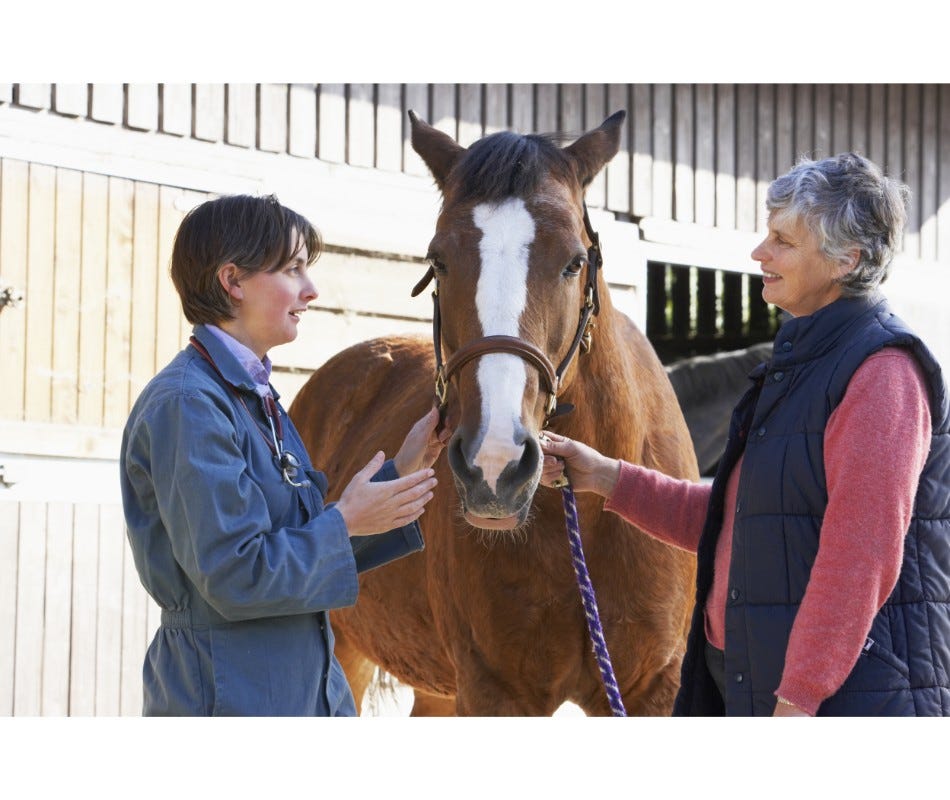
Symptoms indicating ulcers
Stomach ulcers can cause horses to exhibit pain and discomfort symptoms such as:
- Colic: Colic is the term used to describe the abdominal pain of a horse. Loss of appetite, bloated stomachs, pawing and rolling, sweating, and overall signs of distress are some of the symptoms of colic.
- Diarrhea: Diarrhea is a serious ailment brought on by bacteria, viruses, parasites, changes in food, inflammation of the intestines, or inappropriate pharmaceutical usage. Diarrhea in horses usually passes fast and is not a reason for concern if your horse doesn't exhibit any severe symptoms. However, if the horse stops eating and the diarrhea lasts for more than a day or two, there may be a major problem.
- Changes in eating and drinking patterns: Horses love to graze and take frequent, small meals. When provided access to hay or pasture, the majority of horses will graze for 12 to 15 hours each day. This intake rate, however, may be affected by environmental variables, restricted turnout, feed quality, and the horse's general preferences. One of the first signs when a horse is feeling unwell is a change in appetite.
The average horse consumes 5 to 10 gallons (23-46 litres) of water each day. Exercise, diet, physiological status (such as pregnancy), and environmental factors, such as temperature, can all have an impact on this quantity. It's critical to keep an eye on your water consumption and take note of any changes.
- Losing weight: It is crucial to include body weight measurement and body condition score assessment in your equine health care and management. Knowing your horse's BW and BCS can help you make informed decisions about feeding as well as treatment doses for drugs like dewormers. Horses with illnesses may lose body condition or weight gradually or suddenly.
- Altered stance and behavior: If there is adequate pasture, horses will graze for 12 to 15 hours per day. Most of the time, they are upright, however they will lay down to relax, sleep, and enjoy the sun. Normally, horses stand with their weight equally distributed and all four feet planted firmly on the ground. When resting, they may vary their position, having one foot pushed up on the toe for relaxation. Any variations from these usual bodily alignments might indicate pain or disease.

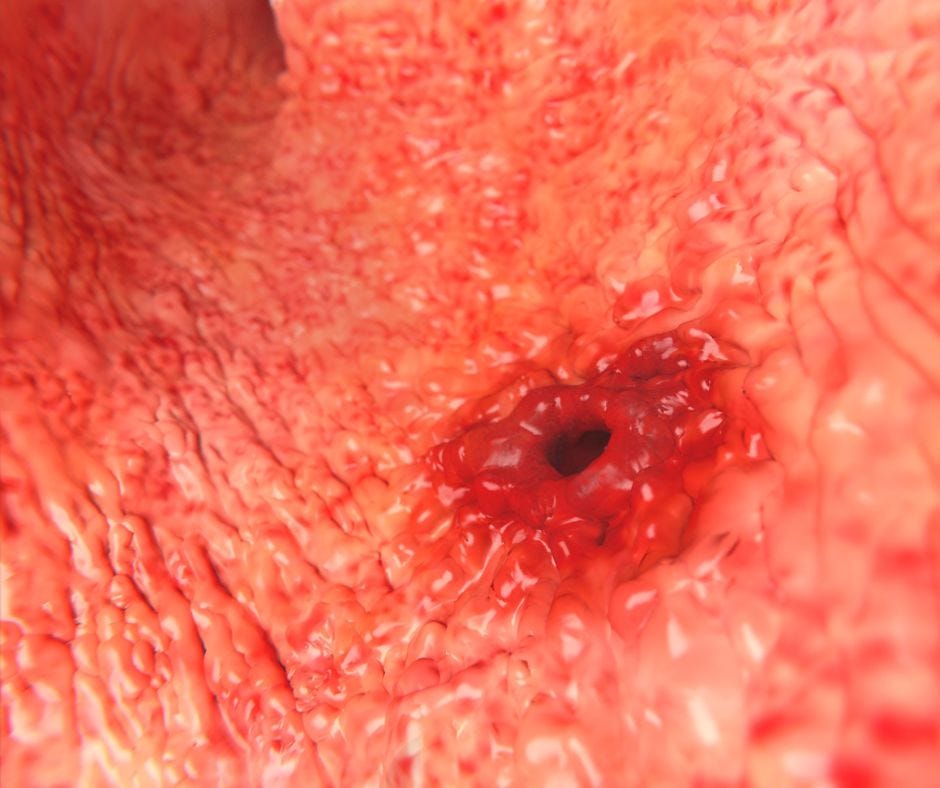
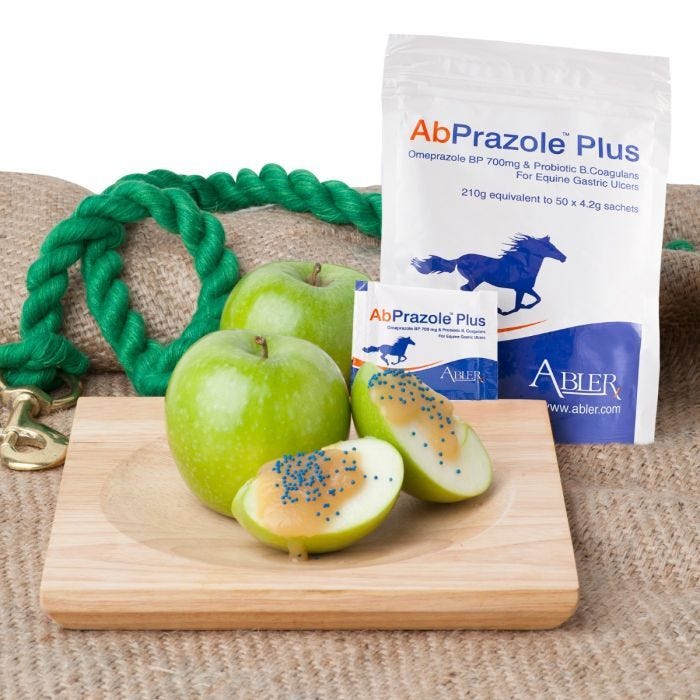
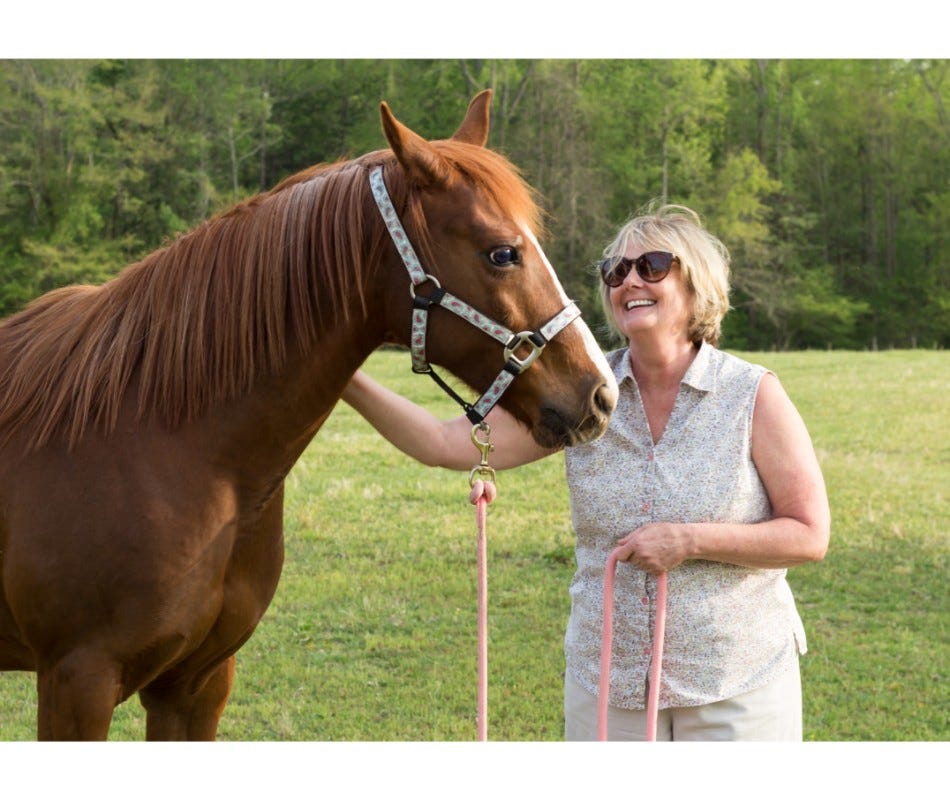
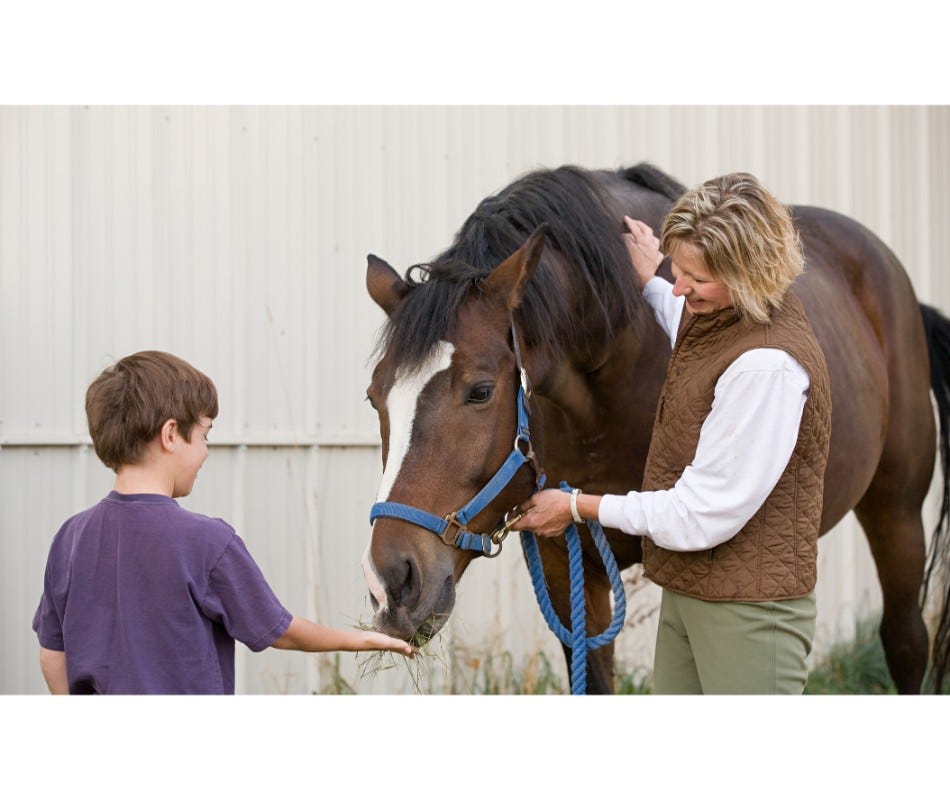
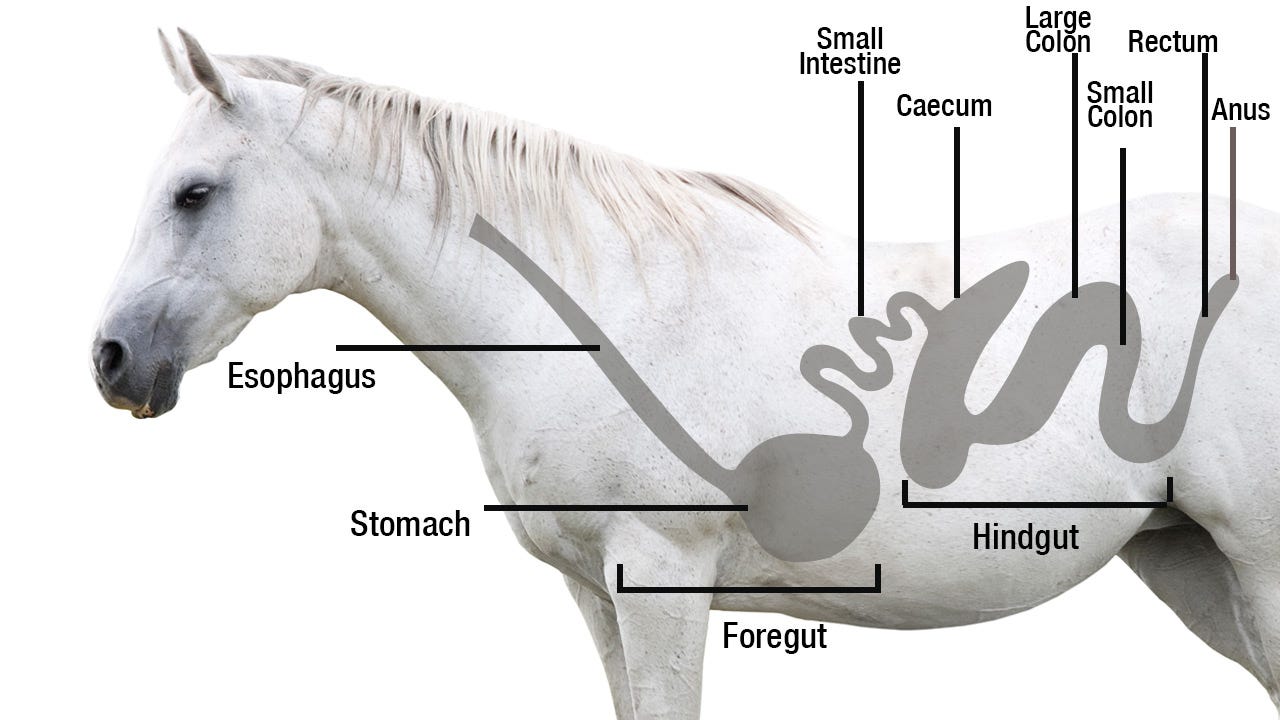
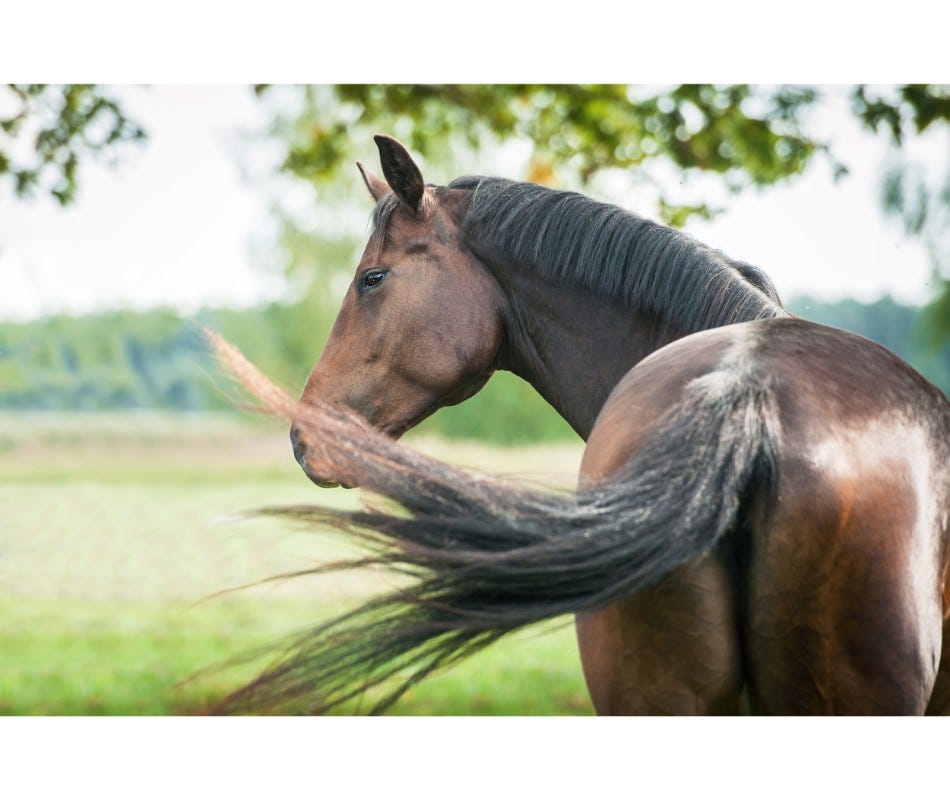
Validate your login